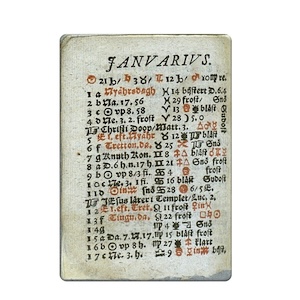Venesection conducted by physicians, barber-surgeons, bell-ringers and indigenous healers in Finland over 500 years. A narrative literature review with a limited genealogical search

Accepted: August 28, 2024
HTML: 0
All claims expressed in this article are solely those of the authors and do not necessarily represent those of their affiliated organizations, or those of the publisher, the editors and the reviewers. Any product that may be evaluated in this article or claim that may be made by its manufacturer is not guaranteed or endorsed by the publisher.
Venesection was was a common medical procedure from ancient times to the 19th century, frequently performed by physicians and barber-surgeons. In Finland, priests, church bell-ringers, and indigenous healers also performed venesection for a variety of diseases, although without a medical basis. Venesection and its complications may have caused a number of deaths. The treatment was discredited due to increased criticism, which was substantiated by statistical evidence. Today, medical venesection performed by physicians is only an exceptional treatment for a few number of disorders. The purpose of this article is to is to shed light on the long and fascinating history of venesection in Finland from 1488 to 1976, as well as its role in the evolution of medical procedures. This will be achieved through a review of the literature, the introduction of some neglected sources, a register-based search, and an investigation into who conducted the surgery and why venesection persisted for so long in Finland. The sources consist of church records and scholarly literature. The novel and main finding of this study was that there were a large number of professionals doing venesection when there were few physicians. This study discovered 2,341 bell-ringer-phlebotomists in Finland between 1755 and 1877 who constituted the bulk of people conducting venesection as compared to barber-surgeons and physicians. This former group was made up of predominantly Swedish-named guys who lived in western Finland. Another novel finding was that patient safety legislation effectively reduced the indigenous practice of venesection by quacks.
How to Cite

This work is licensed under a Creative Commons Attribution-NonCommercial 4.0 International License.
Copyright (c) 2024 The Author(s)
PAGEPress has chosen to apply the Creative Commons Attribution NonCommercial 4.0 International License (CC BY-NC 4.0) to all manuscripts to be published.

 https://doi.org/10.4081/peasa.36
https://doi.org/10.4081/peasa.36



